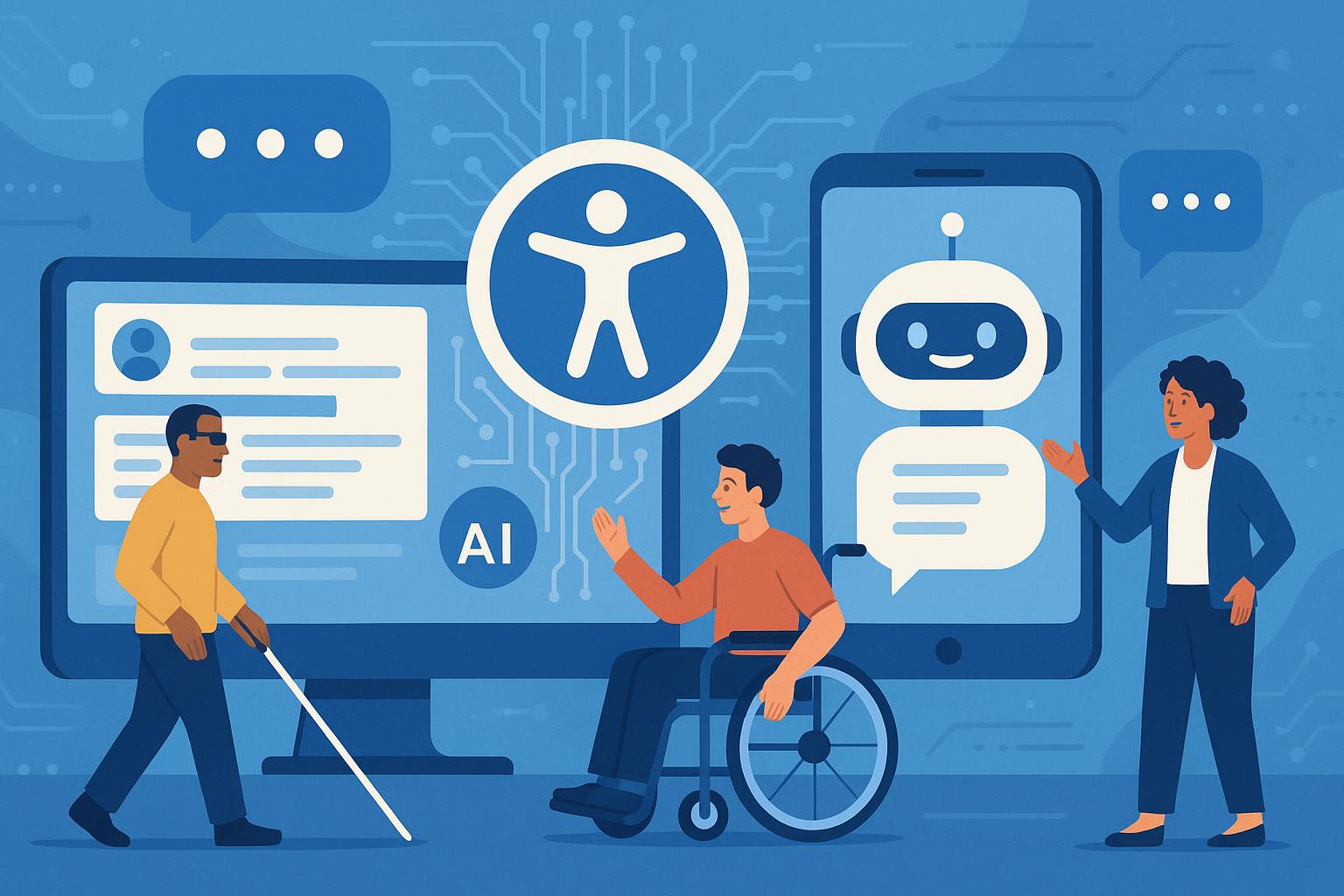Introduction to Customizing Chatbots for Tax Advisors
In the rapidly evolving landscape of accounting and finance, adopting digital transformation is essential. With the growing demand for quick and accurate client services, tax advisors are increasingly utilizing advanced technologies such as chatbots to boost operational efficiency and enhance client satisfaction. This article explores how customizing chatbots to the specific needs of tax advisors can revolutionize client interactions, streamline tax filing processes, and ensure timely updates on tax regulations.
The Potential of Chatbots in Tax Advisory
Chatbots, powered by AI and natural language processing, are capable of performing a broad range of tasks including answering common queries and assisting in complex tax filings. The transformative potential of chatbots in tax advisory is significant, markedly improving both the advisor's workflow and the client's experience.
Real-Time Client Interaction and Inquiry Management
Chatbots excel in managing multiple client inquiries simultaneously without human intervention. This capability not only boosts efficiency but also ensures that clients receive immediate responses, which is vital for maintaining client satisfaction and trust.
Assistance in Tax Filing and Planning
Chatbots can guide clients through the tax filing process, remind them of important deadlines, and suggest tax-saving strategies based on their income and past filings. This tailored interaction enhances clients' confidence in their tax decisions and allows tax advisors to allocate more time to complex cases.
Updates on Tax Laws and Compliance
It is crucial for both tax advisors and their clients to stay informed about frequent changes in tax legislation. Chatbots updated in real time can provide essential notifications and advice based on the latest tax laws, ensuring compliance and mitigating potential legal issues.
Designing Chatbots for Enhanced UI/UX in Tax Advisory
For chatbots to be effective in tax advisory, they must be designed with a focus on both user interface (UI) and user experience (UX). A well-designed chatbot processes user requests efficiently and offers an interaction that closely resembles communication with a human advisor.
Natural Language Processing and Machine Learning
Natural language processing (NLP) enables chatbots to comprehend and interpret client language, facilitating responses that are both human-like and informative. Machine learning algorithms improve chatbot interactions over time, learning from past exchanges to enhance future communications.
Integration with Existing Financial Software
Effective chatbots must integrate seamlessly with existing financial software and databases, allowing them to access necessary client data, analyze financial information, and provide accurate advice based on thorough data analysis.
Compliance with Financial Regulations
In developing chatbots for tax advisors, compliance with financial regulations is imperative. Developers must embed regulatory frameworks into the chatbot’s functionality, ensuring all advice and information provided are in line with current laws and industry standards.
Case Studies: Successful Implementation of Chatbots in Tax Advisory
Leading tax advisory firms have already seen significant benefits from deploying chatbots. These real-world examples illustrate practical applications and advantages:
- Case Study 1: A prominent tax advisory firm integrated a chatbot for initial client consultations, reducing human advisors' workload by 40% and allowing them to concentrate on more complex, profitable tasks.
- Case Study 2: Another firm utilized a chatbot to provide real-time updates on tax law changes during tax season. This not only improved compliance but also enhanced client trust and retention by keeping them well-informed.
Overcoming Challenges in Chatbot Implementation
Despite the obvious benefits, challenges such as ensuring data privacy, overcoming technical limitations, and training staff to work with AI tools can arise. Strategic planning and continuous training are essential for successfully integrating chatbots into tax advisory services.
Conclusion: Embracing the Future with Chatbot Integration
The integration of chatbots into tax advisory signifies a major advancement in digital transformation. By tailoring chatbots to meet the unique needs of tax advisors, firms can enhance service delivery, improve compliance, and boost client satisfaction. As the role of digital tools in enhancing the efficiency and effectiveness of financial professionals continues to expand, chatbots emerge as a promising technology that can significantly improve how tax services are delivered.
For tax advisors keen on maintaining a competitive edge, now is the time to adopt these digital assistants as indispensable allies in the journey towards a more efficient, precise, and client-oriented practice.















